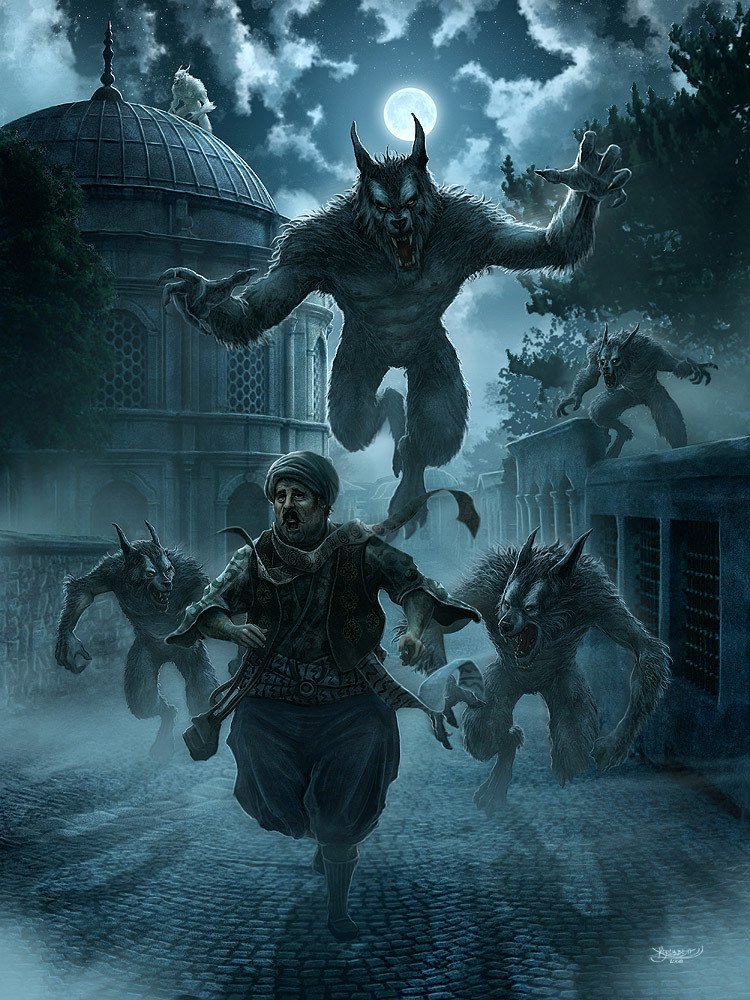
Mastering the Art of D&D Character Creation: Navigating Common Pitfalls
Dungeons & Dragons is not just a game; it’s a universe of boundless creativity, storytelling, and character development. Inspired by Neal Litherland’s thought-provoking piece on the Improved Initiative blog, let us delve into the nuanced world of D&D character creation. Our mission? To navigate the treacherous waters of the five most challenging character archetypes and ensure your next campaign is memorable and harmonious.
The Bigot: A Character with Prejudices
Creating a character with prejudiced views can be a slippery slope. Not only does it risk alienating players, but it can also derail the game’s focus from adventure to conflict. However, this archetype offers an opportunity for profound character development. Imagine a character overcoming their bigotry, inspired by the diverse and complex individuals they encounter on their journey. Such a transformation enriches the narrative and mirrors the real-world value of empathy and understanding. Remember, the goal is to create a storyline encouraging growth, requiring clear communication and consent from all players involved.
The Jokester: Balancing Humor and Seriousness
Humor is a spice that, in the right amount, can enhance any D&D campaign. Yet, when a character becomes a one-dimensional jokester, constantly derailing sessions for a laugh, the spice turns bitter. Drawing inspiration from characters like Tyrion Lannister or Captain Jack Sparrow, who blend wit with depth, can create a jokester who adds value to the narrative. The key is timing, knowing when a humorous quip can lighten the mood and when to step back and let the story shine.
The Mute: Challenges and Creative Communication
Playing a mute character introduces a unique set of challenges, especially in a game where communication is paramount. Yet, it’s an opportunity to explore non-verbal forms of expression, from sign language and written notes to magical means of communication. Imagine a scenario where a mute character’s inability to speak becomes a pivotal plot point, leading to creative problem-solving and deeper group cohesion. Such a character demands patience and creativity from the player and their companions but can result in a truly unforgettable experience.
The Hedonist: Exploring Desires without Derailing
The hedonist, driven by their search for pleasure, can be a fascinating character to explore but also risks becoming disruptive if not handled with care. The challenge lies in balancing their desires with the group’s goals. A character who can charm through obstacles yet understands the value of restraint can add a rich layer to the game’s dynamics. It’s about finding joy in the journey without losing sight of the destination.
The Misanthrope: A Lone Wolf in a Cooperative Game
The misanthrope, or lone wolf, often struggles in the inherently cooperative environment of D&D. Yet, characters like Wolverine or Aragorn show us that even the most solitary individuals can become invaluable team members. The transformation of a misanthrope into a trusted ally can be one of the most rewarding arcs, both for the player and the party. It’s a testament to the game’s power to bring together even the most unlikely heroes.
Creating a character in Dungeons & Dragons is an art form, blending imagination with sensitivity to craft stories that are as engaging as they are inclusive. By navigating the pitfalls associated with these five challenging character types, players can ensure their next campaign is a game and a journey of growth, discovery, and unity. As we roll our dice and chart our paths through fantastical realms, let’s remember the impact our characters can have on the imagined and real world.
Have you encountered these character types in your adventures? Perhaps you’ve navigated these challenges yourself or have additional insights to share. Drop your tales and tips in the comments below. For further exploration of character complexity in D&D, Neal Litherland’s original article is an excellent resource. And if you’re craving more content on mastering the art of role-playing, remember to follow or subscribe. Until our next adventure, happy gaming!









No Comments